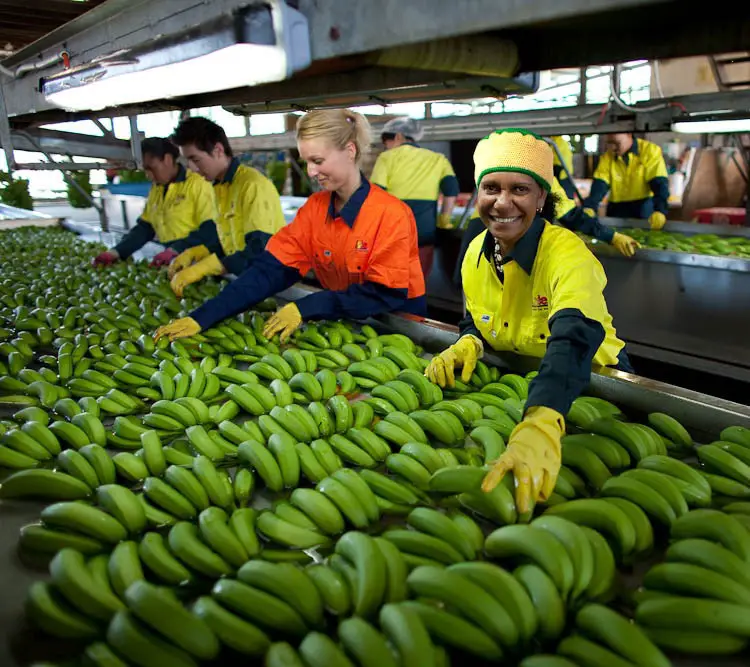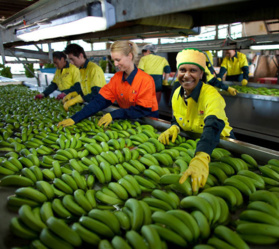By Ji Peijuan from People’s Daily
“The turnaround of China-Philippines relations reflects what the relationship is supposed to be like,” Chinese Foreign Minister Wang Yi said on Wednesday when commenting on the improved bilateral relations after Philippine President Rodrigo Duterte came into office.
"The Philippines has extended a hand of friendship, so of course, China has embraced it with open arms," Wang said at a press conference on the sidelines of the ongoing annual session of the National People's Congress in Beijing.
The economic and trade exchanges between China and the Philippines have improved in the less than six months since Duterte's visit to China last October, analysts say.
A six-year development program for economic and trade cooperation will be officially signed during Chinese Vice Premier Wang Yang's visit to the the Philippines in the coming few days, according to reports.
This May, Duterte will attend the Belt and Road Forum for International Cooperation in Beijing, indicating the Philippines will formally be an important part of the 21st Century Maritime Silk Road initiative.
"At present, the two countries are tapping the full potential of our bilateral cooperation to make up for lost time," the minister said. A China-Philippines Trade and Investment Forum, for instance, was held in Beijing last October.
In the less than six months since Duterte's visit to China, nearly 1,000 Chinese tourist groups have visited the Philippines and China has imported over 200,000 tons of tropical fruits from the Philippines, Wang noted.
The two sides are having intensive discussions on a range of infrastructural projects, including railways, bridges and dams, and some of them may begin construction within this year, he added.
On January 23 this year, China and the Philippines confirmed over 30 cooperation programs worth $3.7 billion, during Philippine Finance Secretary Carlos Dominguez's visit to China.
The 28th Philippine-Chinese Joint Commission on Economic and Trade Cooperation (JCETC) was held in Philippine capital Manila on Tuesday. The JCETC was convened after a five-year hiatus.
The meeting was co-chaired by China's newly-appointed Commerce Minister Zhong Shan and Philippine Trade Secretary Ramon Lopez.
During the meeting, three projects have been identified by the Chinese government for priority funding, including Chico River Pump Irrigation project, New Centennial Water Source-Kaliwa Dam project, and the North-South railway–South Line project, according to Lopez.
The two ministers also discussed to support a list of projects, including cross-border e-commerce, big data analysis, creative industry, electromobile and iron and steel. They also discussed possible locations of the proposed China-Philippines Industrial Park.
Statistics showed that China was the second biggest trade partner, biggest import source and fourth largest export destination of the Philippines in 2016.
Last year, the total bilateral trade reached 311.21 billion yuan ($ 45 billion), ranking the sixth in the ten ASEAN members, and up 9.8 percent from a year earlier, data from the General Administration of Customs of China showed.
The speed of growth was much higher than that between the ASEAN and China, which was 1.9 percent. It also came after that between China and Cambodia, which was first in the ten ASEAN members.
The rosy relationship has boosted Chinese tourist arrivals to the Philippines. Last year, over 675,700 Chinese tourists visited the Philippines, up 37.7 percent, data from the Philippine Department of Tourism said. In 2016, China replaced Japan to be the third largest source of the Philippines’ foreign tourists, only after South Korea and the US.
The Philippine Department of Tourism aims to attract 1 million tourists from China this year, said the department secretary Secretary Wanda Corazon Teo, adding that to achieve that goal, it plans to issue visa-on-arrival service for Chinese nationals and launch the chartered flights.
She also said that the department is ready to roll out more promotion campaigns to encourage more tourists from China.
Pics:
Photo shows the Dole bananas imported from the Philippines. (File photo)
"The Philippines has extended a hand of friendship, so of course, China has embraced it with open arms," Wang said at a press conference on the sidelines of the ongoing annual session of the National People's Congress in Beijing.
The economic and trade exchanges between China and the Philippines have improved in the less than six months since Duterte's visit to China last October, analysts say.
A six-year development program for economic and trade cooperation will be officially signed during Chinese Vice Premier Wang Yang's visit to the the Philippines in the coming few days, according to reports.
This May, Duterte will attend the Belt and Road Forum for International Cooperation in Beijing, indicating the Philippines will formally be an important part of the 21st Century Maritime Silk Road initiative.
"At present, the two countries are tapping the full potential of our bilateral cooperation to make up for lost time," the minister said. A China-Philippines Trade and Investment Forum, for instance, was held in Beijing last October.
In the less than six months since Duterte's visit to China, nearly 1,000 Chinese tourist groups have visited the Philippines and China has imported over 200,000 tons of tropical fruits from the Philippines, Wang noted.
The two sides are having intensive discussions on a range of infrastructural projects, including railways, bridges and dams, and some of them may begin construction within this year, he added.
On January 23 this year, China and the Philippines confirmed over 30 cooperation programs worth $3.7 billion, during Philippine Finance Secretary Carlos Dominguez's visit to China.
The 28th Philippine-Chinese Joint Commission on Economic and Trade Cooperation (JCETC) was held in Philippine capital Manila on Tuesday. The JCETC was convened after a five-year hiatus.
The meeting was co-chaired by China's newly-appointed Commerce Minister Zhong Shan and Philippine Trade Secretary Ramon Lopez.
During the meeting, three projects have been identified by the Chinese government for priority funding, including Chico River Pump Irrigation project, New Centennial Water Source-Kaliwa Dam project, and the North-South railway–South Line project, according to Lopez.
The two ministers also discussed to support a list of projects, including cross-border e-commerce, big data analysis, creative industry, electromobile and iron and steel. They also discussed possible locations of the proposed China-Philippines Industrial Park.
Statistics showed that China was the second biggest trade partner, biggest import source and fourth largest export destination of the Philippines in 2016.
Last year, the total bilateral trade reached 311.21 billion yuan ($ 45 billion), ranking the sixth in the ten ASEAN members, and up 9.8 percent from a year earlier, data from the General Administration of Customs of China showed.
The speed of growth was much higher than that between the ASEAN and China, which was 1.9 percent. It also came after that between China and Cambodia, which was first in the ten ASEAN members.
The rosy relationship has boosted Chinese tourist arrivals to the Philippines. Last year, over 675,700 Chinese tourists visited the Philippines, up 37.7 percent, data from the Philippine Department of Tourism said. In 2016, China replaced Japan to be the third largest source of the Philippines’ foreign tourists, only after South Korea and the US.
The Philippine Department of Tourism aims to attract 1 million tourists from China this year, said the department secretary Secretary Wanda Corazon Teo, adding that to achieve that goal, it plans to issue visa-on-arrival service for Chinese nationals and launch the chartered flights.
She also said that the department is ready to roll out more promotion campaigns to encourage more tourists from China.
Pics:
Photo shows the Dole bananas imported from the Philippines. (File photo)
 Menu
Menu
 China glad to see ties with Philippines back on right track: FM
China glad to see ties with Philippines back on right track: FM

















